| Plant Habit: | Cactus/Succulent |
| Life cycle: | Perennial |
| Sun Requirements: | Full Sun to Partial Shade |
| Soil pH Preferences: | Moderately acid (5.6 – 6.0) Slightly acid (6.1 – 6.5) Neutral (6.6 – 7.3) Slightly alkaline (7.4 – 7.8) |
| Leaves: | Unusual foliage color Evergreen Other: Covered with small hairs |
| Flowers: | Showy |
| Suitable Locations: | Xeriscapic |
| Wildlife Attractant: | Hummingbirds |
| Propagation: Seeds: | Other info: will not come true from seed if the plant is a hybrid |
| Propagation: Other methods: | Cuttings: Leaf Offsets |
| Pollinators: | Birds |
| Containers: | Needs excellent drainage in pots |
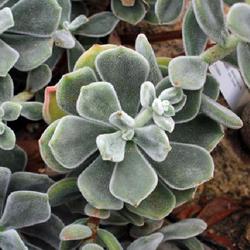
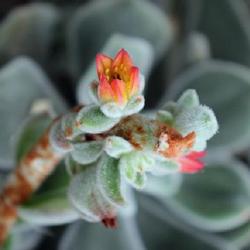


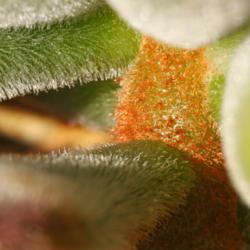

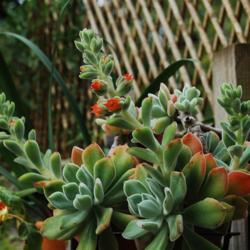
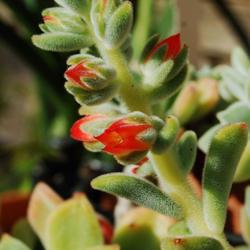


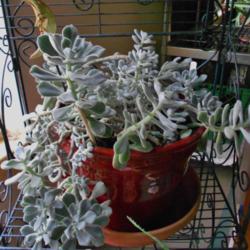
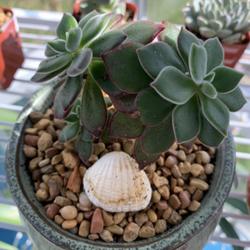
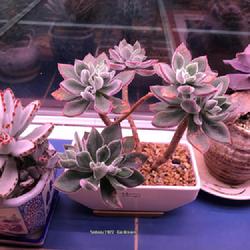
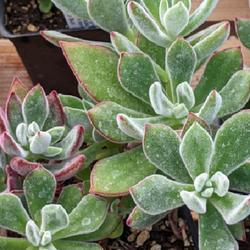
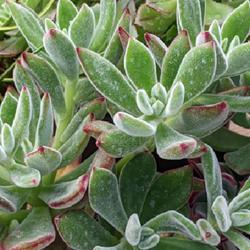
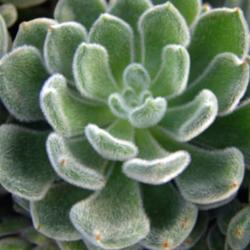
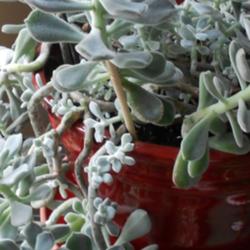
« Add a new plant to the database
» Search the Echeverias Database: by characteristics or by cultivar name
« See the general plant entry for Echeverias (Echeveria)